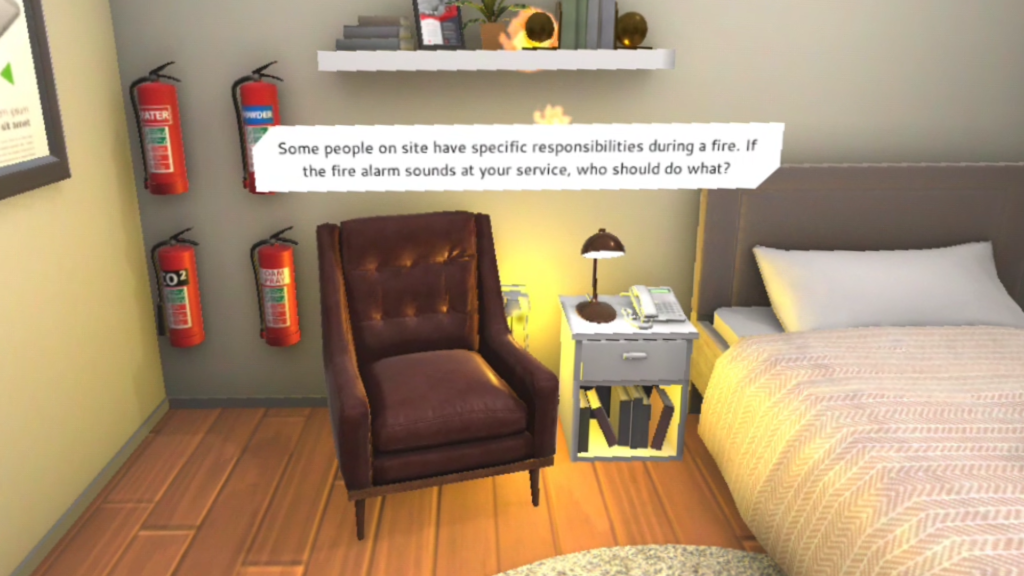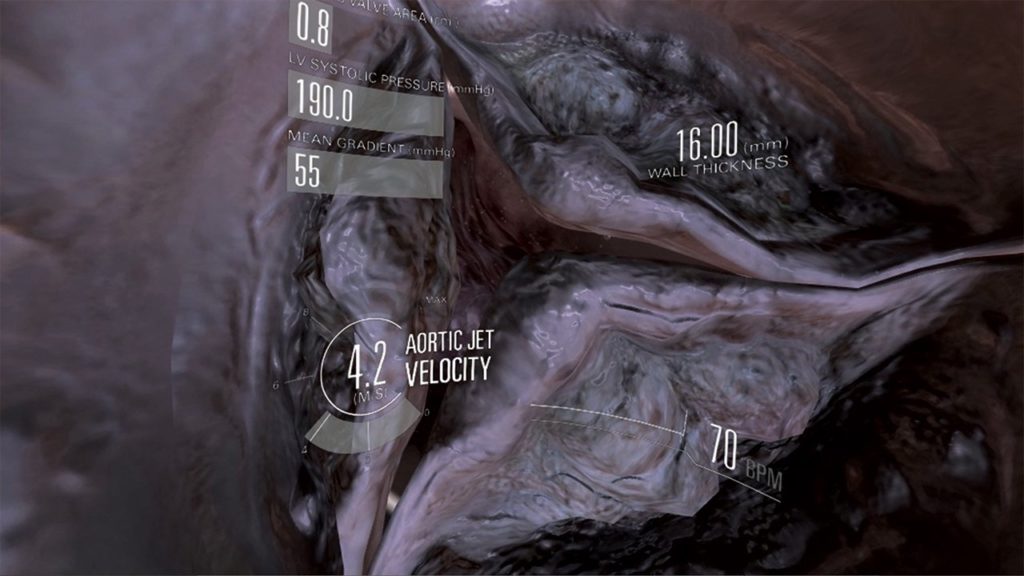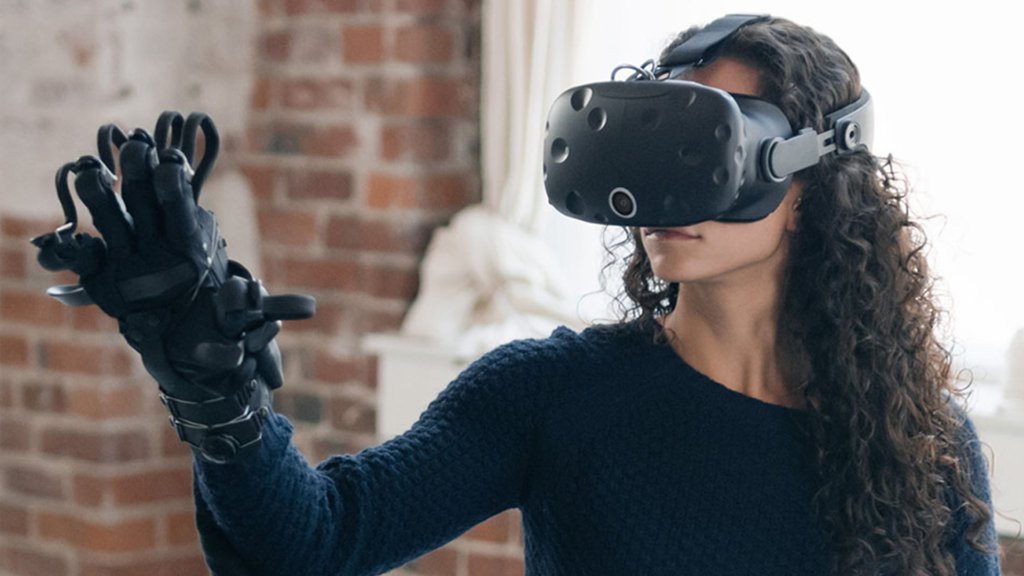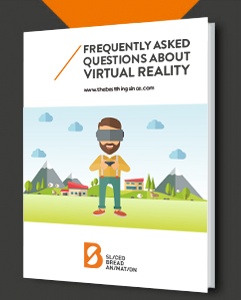Higher Retention And Reduced Training Costs
The rivalry for top talent in today’s job market is becoming more critical as companies look to make the transition from traditional operations into the digital age. Tech-savvy millennials already account for around 50% of the workforce in the UK. Now Generation Z is entering the workforce, the tech generations will create 75% of the workforce in 2025. And the younger generations expect companies to be as technologically advanced as they are.
Organisations that offer virtual reality as part of the training package increase their pulling power. In-depth training also sends a positive signal to employees – you are invested in the development of their careers! As a result, employees are more engaged, motivated and committed to the company. VR also reduces the practical costs of carrying out training programs by eliminating the need for multiple personnel, travel expenses, remuneration for relocation, damage and repairs to overused equipment or third-party training courses.
Industries That Are Benefitting From VR Technology
Although virtual reality technology is more available to companies today, some industries embraced VR in the early stages – and by doing so, discovered multiple benefits and uses.
Sliced Bread Animation is proud to have worked with a number of leading organisations in key industries. Below are just a few examples of how our VR simulations have made an impact.
VR Training In The Medical Industry
Healthcare professionals receive the best training possible with VR simulations – experiences that mimic real-life. There is no better way to learn complex procedures than actually performing them, so you can imagine how beneficial 3D simulations are for surgeons. We have even created 3D animations that show medical students precisely how specific parts of the body work and what patients with certain conditions experience. VR has also been used to help treat patients. A growing number of medical institutions are using VR applications to treat patients for PTSD, overcome fears, manage pain, rehabilitation after a stroke or serious injury and to help improve the quality of life for people that suffer from a disability.
Benefits of VR for Pharmaceutical Companies
3D animation provides physicians and chemists with a better understanding of invisible diseases. Virtual reality models have given pharmaceutical companies the opportunity to analyse huge amounts of data which helps with the development of drugs, treatments and therapies. Thanks to in-depth insights analysts get from visualising complex data, Pharma innovation is far more efficient. As a result, pharmaceutical products are safer, more affordable and take less time to enter the market.
Financial Firms Are Introducing More VR Applications
The financial industry notoriously struggles to provide high-quality service and customers are increasingly disillusioned with the banking sector. VR has been deployed in various ways to improve customer experience and customer relations and is also proving to be a powerful tool for training staff and recruiting top talent. Financial institutes are using VR to demonstrate how innovative and tech-savvy their company really is, help employees develop skills and knowledge, and how to interact with difficult customers.
VR Has Multiple Benefits For The Construction Industry
The construction company is rife with complex building techniques together with health and safety issues – all of which can be addressed in a virtual reality simulation. By creating realistic scenarios – even in all types of weather conditions – help to show new recruits the ropes in a safe and secure environment. VR enables construction trainees to experience active building sites without stepping outside the training room. They can learn how to navigate tight corners, practice complex basket positioning and understand how to work safely at elevated heights. Multi-player capability also enables colleagues to work together as a team and co-ordinate operations.
Engineering Firms Embracing VR
The virtual world simulates real-life learning and provides critical insights for engineers. Firms can use VR to create controlled environments that allow you to see potential dangers whilst reducing risks and costs. VR technologies have enabled engineers to identify inconsistencies with structural designs that would have been expensive to repair at a later date. In addition, practising how to use machinery in a VR simulator eliminates the risk of accidentally damaging or overusing machinery.
How Companies Are Using Virtual Reality To Train Staff
Virtual reality applications have already made an impact on corporate training modules, helping employees to raise their performance, reduce the stress of live situations and improve the consumer experience.
Customer Services – Gauging customer satisfaction by reading body language and diffusing negative situations with rehearsed responses.
Understand Customers – Practice empathy to enable employees to get closer to customers
Technical Training – Improve skills, introduce procedures, and enhance performance by identifying skills that need to be developed
Presentation Training – Help employees manage stress and build confidence by learning how to effectively perform public speaking
Marketing – Create exciting content and provide consumers with real-life insights and experiences of your product
Work Equipment – Enables trainees to operate equipment proficiently without the risk of damage or injury
Visual Product Development – Allows engineers and designers to plan full-scale models and optimise the manufacturing or building process
Dealing With Hostility – Teach employees how to hold their nerve, behave and mentally cope in dangerous or hostile situations
The Potential For Virtual Reality in the Future Workplace
VR technology has already made a significant impact on numerous firms across multiple industries. And we’ve only just started to realise the potential of this groundbreaking technology. There is a lot more to come from VR is the near and distant future.
Interactive Meetings
International companies with offices all around the world and firms that advocate remote working policies will not have any problems bringing the team or co-workers together for meetings. In interactive VR chambers, there will not be any difference between the real world and the virtual world. Sensors in VR headsets translate body language and non-verbal cues that are typically missed with standard teleconferencing software such as Skype and Zoom. You can even install a translation suite and overcome language barriers.
Connect And Collaborate
With the rise in flexible hours, remote working and contracting freelancers to collaborate on projects, sophisticated VR technologies will make it possible for colleagues to collaborate in 3D simulators and make them feel they are sharing the same space – even if they are on the opposite side of the planet.
Find The Right Person For The Job
It is estimated the average cost of recruiting new staff members costs an average of £11,000. One of the challenges HR teams face today is recruiting the right people and encouraging them to stay in the job once training has been administered. By employing VR simulations as part of the recruitment process, interviewers can assess whether applicants have the right skillsets, attitude and personality you are looking for. It also gives you a chance to make a great first impression and increase your chances of improving retention rates.



